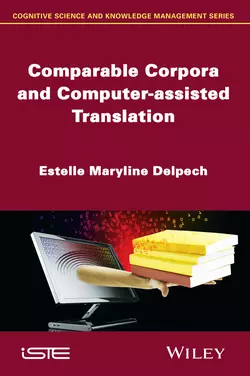Comparable Corpora and Computer-assisted Translation

Estelle Delpech
Тип: PDF книга
Жанр: Программирование
Язык: на английском языке
Стоимость: 18434.47 ₽
Издательство: John Wiley & Sons Limited
Дата публикации: 25.04.2024
Отзывы: Пока нет Добавить отзыв
О книге: Computer-assisted translation (CAT) has always used translation memories, which require the translator to have a corpus of previous translations that the CAT software can use to generate bilingual lexicons. This can be problematic when the translator does not have such a corpus, for instance, when the text belongs to an emerging field. To solve this issue, CAT research has looked into the leveraging of comparable corpora, i.e. a set of texts, in two or more languages, which deal with the same topic but are not translations of one another. This work had two primary objectives. The first is to assess the input of lexicons extracted from comparable corpora in the context of a specialized human translation task. The second objective is to identify bilingual-lexicon-extraction methods which best match the translators’ needs, determining the current limits of these techniques and suggesting improvements. The author focuses, in particular, on the identification of fertile translations, the management of multiple morphological structures, and the ranking of candidate translations. The experiments are carried out on two language pairs (English–French and English–German) and on specialized texts dealing with breast cancer. This research puts significant emphasis on applicability – methodological choices are guided by the needs of the final users. This book is organized in two parts: the first part presents the applicative and scientific context of the research, and the second part is given over to efforts to improve compositional translation. The research work presented in this book received the PhD Thesis award 2014 from the French association for natural language processing (ATALA).